You might assume the DJI Mavic 4 Pro outperforms the Air 3S drone in every way, but surprisingly, the Air 3S surpasses the Mavic 4 Pro in a few key areas, including aspects of image quality. After testing these drones head-to-head, I discovered some unexpected results. I purchased both drones at full price, and this review is not sponsored.
Image Quality
Main Camera Specifications
The Air 3S features a 1-inch sensor with a 24mm field of view, capable of 4K video at up to 60 frames per second (fps) in standard modes, with slow-motion options discussed later. The Mavic 4 Pro, equipped with a larger 4/3 sensor, supports up to 6K at 60 fps and has a 28mm field of view. While the Mavic 4 Pro’s 6K resolution offers greater cropping flexibility (up to 150%), the Air 3S’s wider 24mm field of view is a significant advantage, especially in tight spaces where backing up isn’t an option. This is one area where the Air 3S outshines the Mavic 4 Pro.
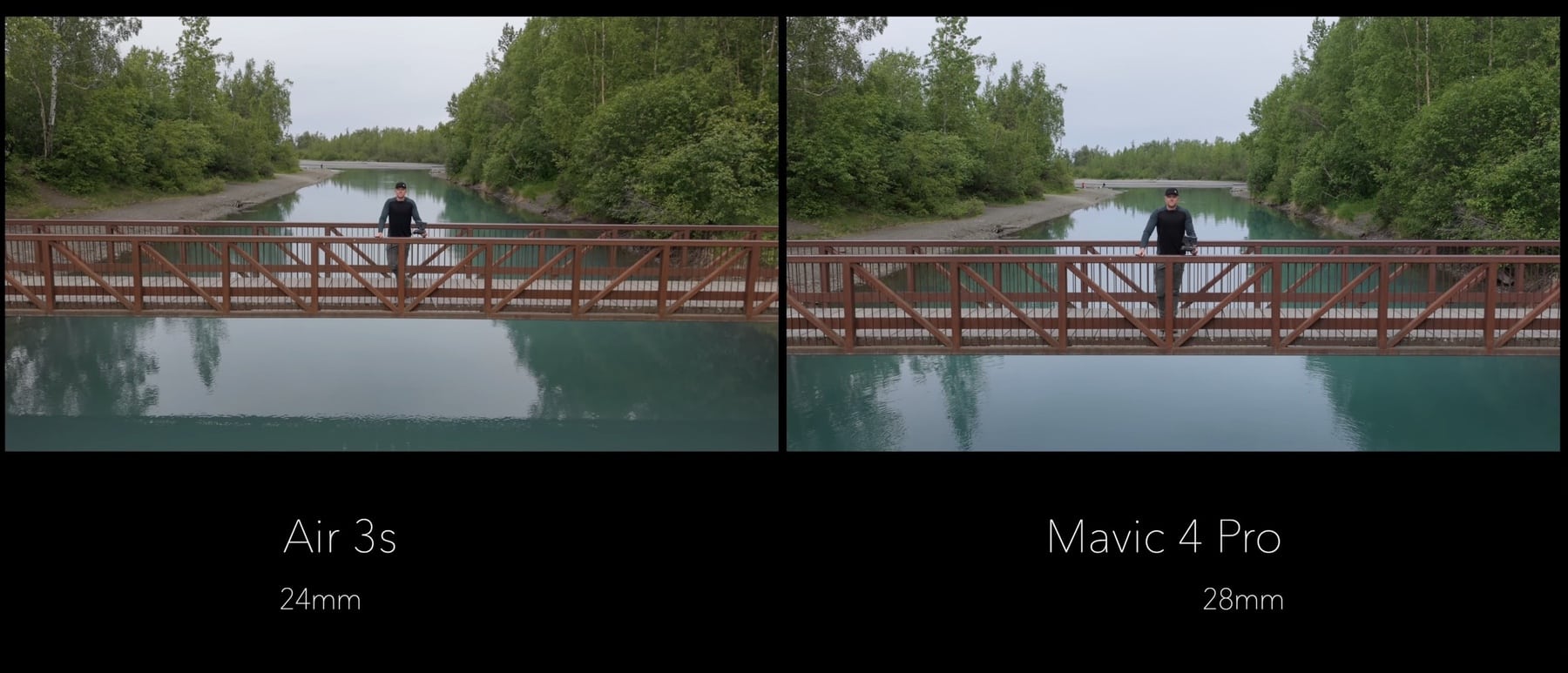
Color Profiles and Dynamic Range
The Mavic 4 Pro can shoot in full D-Log on all its cameras, providing a flatter color profile ideal for matching with ground-based cameras. This offers greater flexibility in post-production color grading. With the Creator Combo, you also get the All-I option, boasting a 1200 Mbps bitrate and 4:2:2 color sampling. However, when comparing D-Log M to D-Log M, the difference is minimal. The DJI Mavic 4 Pro’s larger sensor delivers superior dynamic range, which is evident in side-by-side comparisons.
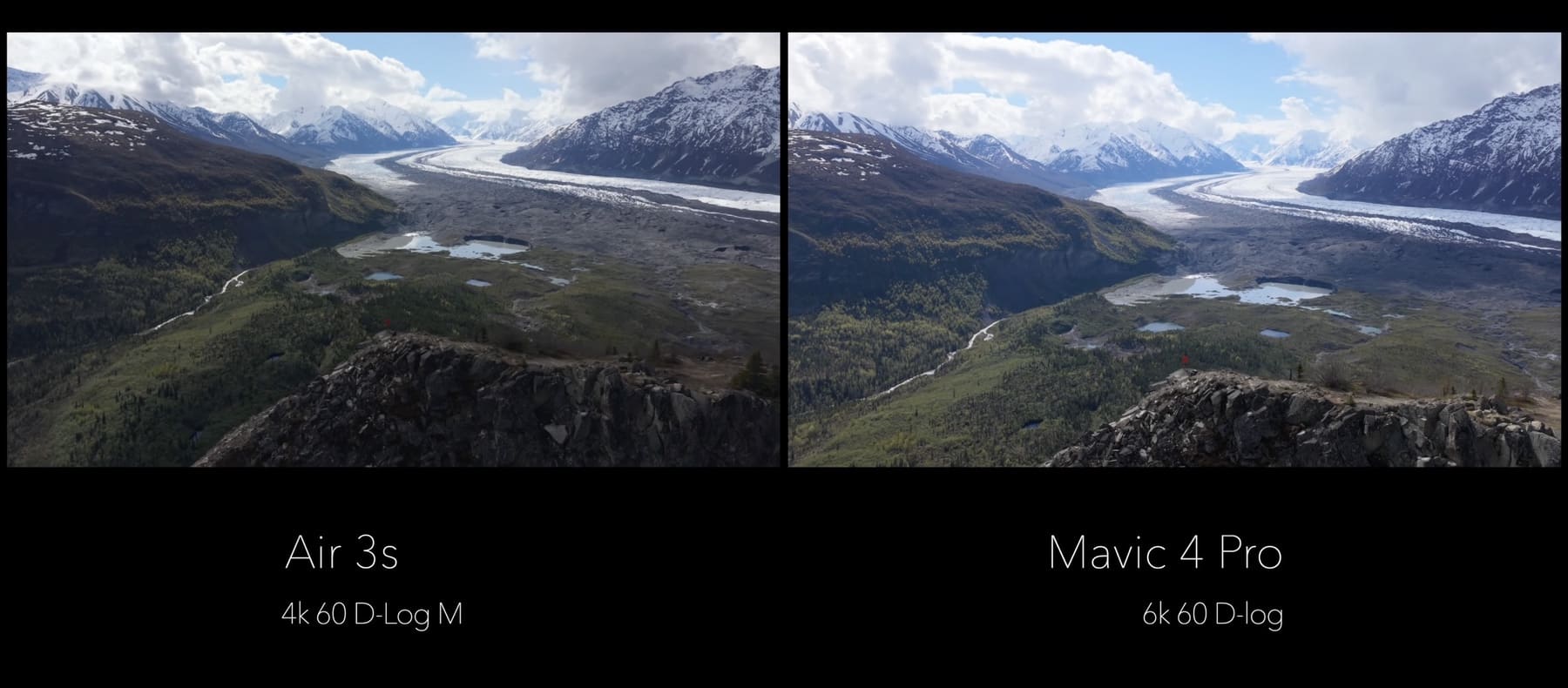
Slow-Motion Capabilities
Both drones support 4K at 120 fps for slow-motion video. However, the Air 3S can shoot 1080p at up to 240 fps, while the Mavic 4 Pro is limited to 4K at 120 fps or Cinema 4K at 120 fps, with a noticeable crop. For slow-motion enthusiasts, the Air 3S’s 240 fps capability is a clear win, depending on your use case.

Variable Aperture and ISO
The Mavic 4 Pro’s main camera features a variable aperture, allowing on-the-fly adjustments without frequently changing ND Filters. It also offers 1/3-stop ISO increments, compared to the Air 3S’s full-stop increments, providing finer control. The Air 3S has a fixed aperture, which may require more manual adjustments.


Telephoto Cameras
Both drones feature a 70mm telephoto camera (3x zoom on the Air 3S, 2.5x on the Mavic 4 Pro) with identical sensors and specs, capable of 4K at 120 fps. This lens delivers stunning, compressed imagery, ideal for bringing backgrounds closer to subjects. The Mavic 4 Pro, however, supports full D-Log (not just D-LogM), offering slightly more dynamic range and flexibility for matching other cameras.

Additional Camera on Mavic 4 Pro
The Mavic 4 Pro includes a third 168mm camera, enabling unique, tight shots with excellent tracking for stationary subjects. It supports 4K at up to 60 fps (or 100 fps in slow motion) and full D-Log, making it a versatile tool for creative shots. The Air 3S lacks this feature, giving the Mavic 4 Pro a significant edge.


Vertical Video
The Mavic 4 Pro excels in vertical video, allowing the gimbal to rotate for full 6K sensor readout or shoot 4K in 9×16 mode without rotation, maintaining full gimbal motion. The Air 3S, however, is limited to 2.7K in 9×16 mode, cropping the sides. While 2.7K is sufficient for social media, the Mavic 4 Pro offers superior resolution and flexibility. DJI may add gimbal rotation to the Air 3S via a Firmware Update, but it’s not currently available.


Low-Light Performance
Testing in low-light conditions (around 3:00 AM in Alaska), both drones performed well, but the Mavic 4 Pro’s larger sensor provided better results, especially at higher ISOs (100 to 12,800). For low-light shooting, the Mavic 4 Pro is the clear winner.

Photo Quality
The Mavic 4 Pro’s 4/3 sensor delivers 25-megapixel photos, with a 100-megapixel mode via its Quad Bayer sensor. However, the 25-megapixel mode offers better dynamic range, making it preferable for serious photography. The Air 3S has a 12-megapixel sensor with a 50-megapixel mode, which provides more detail but sacrifices some dynamic range. Side-by-side, the Mavic 4 Pro captures significantly more detail, especially in 25-megapixel mode, making it the better choice for photographers.

The 70mm cameras on both drones offer 12-megapixel or 48-megapixel modes. Despite similar specs, the Mavic 4 Pro’s updated optics deliver noticeably sharper and more detailed images.


Write Speeds
The Mavic 4 Pro writes photos quickly to its internal memory, especially with the Creator Combo. The Air 3S writes 12-megapixel photos swiftly but takes longer for 50-megapixel images, which could slow down your workflow.
Focus Tracking
Both drones feature a focus tracking system, akin to continuous autofocus, which is particularly useful for tighter focal lengths. The Mavic 4 Pro benefits more due to its larger sensor, creating noticeable depth-of-field effects when close to subjects, enhancing creative possibilities.

Flight Performance
Speed and Battery Life
The Mavic 4 Pro reaches speeds up to 60 mph in sport mode (after adjusting settings), while the Air 3S also hits 60 mph with a slight tailwind. Both have a max ascent and descent speed of 22 mph. The Mavic 4 Pro offers 5–8 minutes more flight time than the Air 3S, depending on flying conditions.
High-Wind Stability
In 38 mph winds, both drones performed impressively, but the larger, heavier Mavic 4 Pro maintained more stable footage compared to the lighter Air 3S.

Intelligent Flight Modes
Both drones offer Master Shots, QuickShots, and robust active tracking. The Air 3S’s tracking is more aggressive, occasionally leading to less smooth movements, while the Mavic 4 Pro is more refined. Both feature excellent obstacle avoidance, with the Mavic 4 Pro’s cameras requiring only 0.1 lux (vs. 1 lux for the Air 3S), enabling better performance in low-light conditions. The Mavic 4 Pro also tracks slightly faster in active track mode.

Portability
The Air 3S’s smaller size and lighter weight make it far more portable, ideal for hikers or those traveling in small aircraft. In the European Union, its sub-900g weight reduces flight restrictions, a significant advantage over the heavier Mavic 4 Pro.
Startup Time
In a cold-start test, the Air 3S acquired GPS slightly faster than the Mavic 4 Pro, though the Mavic locked onto more satellites for greater accuracy. Startup times were closer than expected, but the Mavic 4 Pro’s RC Pro 2 controller offers faster switching between drones and a brighter 7-inch screen, enhancing usability.
Noise Levels
At arm’s length, both drones are relatively quiet, but the Mavic 4 Pro has a lower-pitched sound that’s less intrusive and fades faster as the drone moves away, compared to the higher-pitched Air 3S.
Price
The Air 3S is approximately half the price of the Mavic 4 Pro across all configurations (standalone, Fly More, or Creator Combo). For professionals like me, the Mavic 4 Pro’s advanced features justify the cost, but the Air 3S offers incredible value for most users due to its portability, responsiveness, and excellent performance.
Conclusion Comparison DJI Mavic 4 Pro vs. Air 3S
The DJI Air 3S is likely the best choice for most people, offering portability, ease of use, and strong performance at a lower price. However, the DJI Mavic 4 Pro’s superior image quality, additional camera, and advanced features make it ideal for professionals. Check the affiliate links in the description to purchase either drone, and watch my Mavic 3 vs. Mavic 4 Pro comparison.
For more insights, join my livestream every Wednesday at 4:00 PM Alaska Time (8:00 PM Eastern) to ask questions.
Cheers!
Discover more from DroneXL.co
Subscribe to get the latest posts sent to your email.




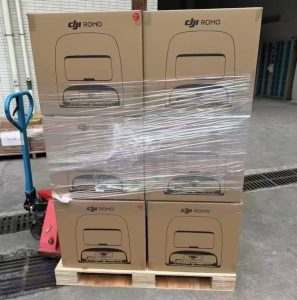




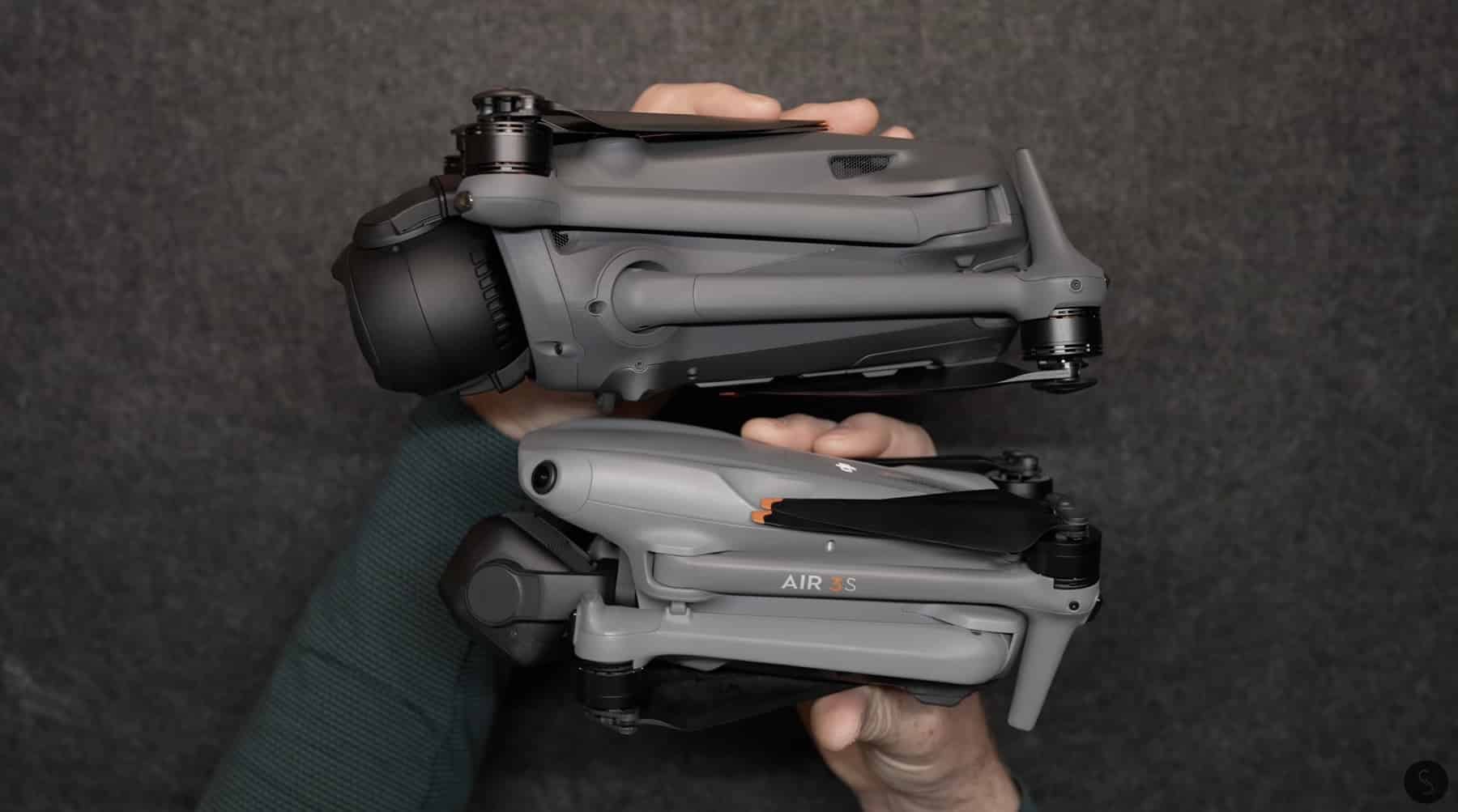



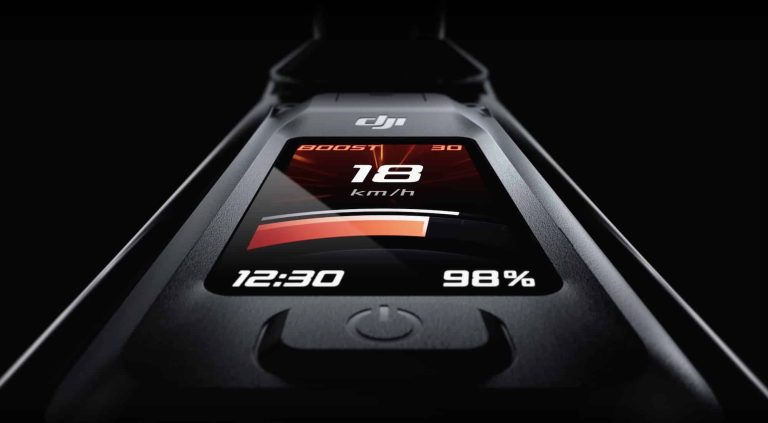



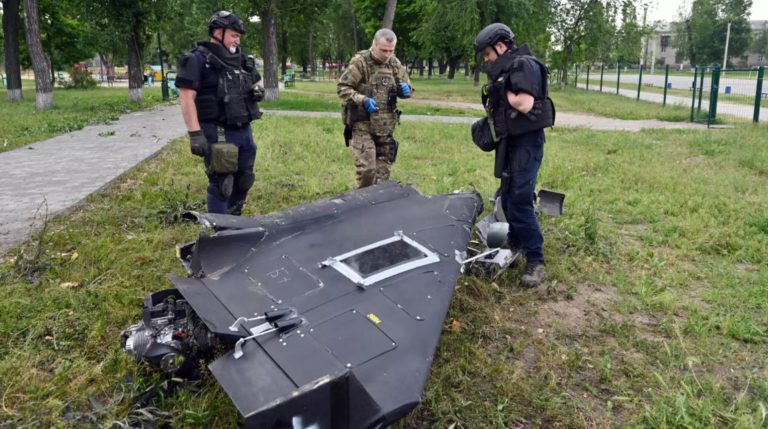
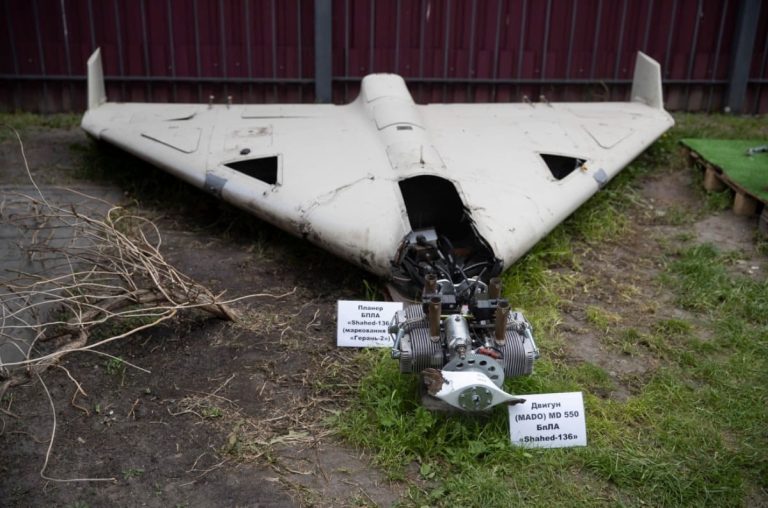
+ There are no comments
Add yours